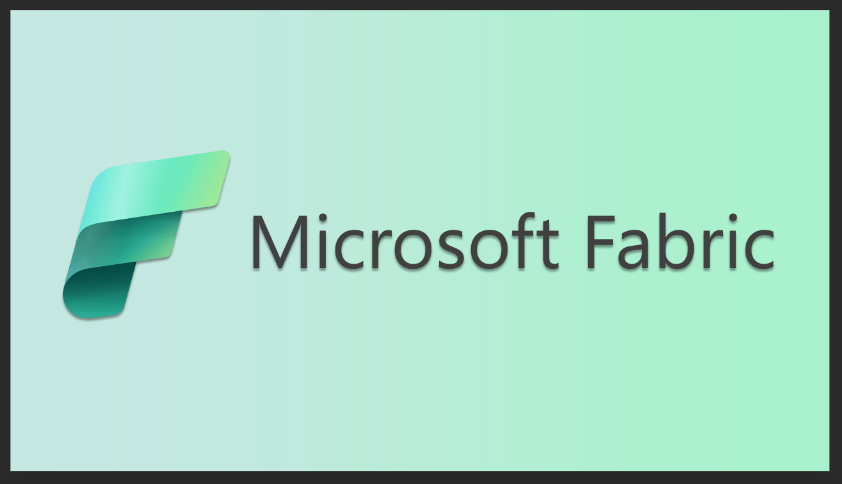
The Imaginet Difference – Application Development Approach – Part Two: Analysis & Design
August 17, 2023
.
Application development may have many moving parts, but the right process can make all the difference, especially when dealing with large, enterprise-scale projects. Last week, we looked at the initial stages of Imaginet’s proven application development approach. We encourage you to catch up on part one of the series if you haven’t done so already. Now, we’ll examine the next phases of our custom methodology – analysis and design.
Analysis
The analysis and discovery phase of our application development approach involves Imaginet’s analysts working to gain a complete understanding of the current state of the client’s product. The analysis and discovery team, consisting of solution architects, business analysts, QA leads, and UX analysts (if there is a UI component to the product), performs a deep review of existing documentation, source code, and integrations. From this review, the team will produce artifacts to represent the data and class models, viewpoint topology, and functional requirements of the existing application or process. The project sponsor may need to arrange discovery meetings to further clarify details of the analysis through the understanding of existing subject matter experts. Discovery meetings are only arranged after an initial set of artifacts has been completed.

A health and safety company needed to update their primary business application to service new and existing customers more efficiently and effectively. Only limited documentation for the application existed; most of the business knowledge was undocumented, residing only in the minds of subject matter experts for each area. Imaginet’s team performed a deep dive into the existing source code and data schema of the application to uncover and document the functional requirements and identify the integration points between other systems, applications, and databases. The client coordinated demo sessions with each user group to walk through the workflows of each area of the application in detail, to document all the applicable use cases. The user groups were allowed to identify wish list needs for the future state in these sessions, but these were delineated from the existing state for future reference in the design phase.
Design
During the design phase, the solution architect will produce the foundational functional requirements. These requirements ensure compliance with the intended future state infrastructure, architecture, and technology choices and inform the development team’s initiation tasks. UX wireframing (if there is a UI component) is performed iteratively with input and buy-in from the project sponsor and other stakeholders during UX workshops and design review meetings. From these wireframes, the feature requirements are extracted. The foundational functional requirements and feature requirements are then composed into business requirements by business analysts. The project sponsor and other stakeholders then review the requirements for sign-off. Once reviewed, adjusted, and approved, the required artifacts can be used to populate a DevOps backlog that the development team will work from to produce the software solution.

Having completed an analysis phase like the one described previously, Imaginet worked with a manufacturing client to design a new suite of software solutions to service their needs. Imaginet’s solution architects and business analysts collaborated with client stakeholders to identify newly proposed models, outline functional and business requirements, and document user stories. Imaginet’s UX team organized workshops to design wireframes and high-fidelity mockups of the user interfaces for the new products. The lead QA analysts also engaged with both groups to draft test plans to validate the business, functional, and UX requirements. Imaginet followed an iterative process for all these activities to ensure that client reviews occurred regularly and sign-off could be obtained efficiently for each product in the suite.
In the final part of our series, we’ll look at the development, implementation, stabilization, and delivery stages of the Imaginet application development process.
We hope you’ve found this content insightful, and if you have any trouble or questions you need answered, we’d love to assist you. Complete the contact form below this post and one of our team members will be in touch as soon as they can. And don’t forget to subscribe to our blog for more helpful content.

Discover More
SQL Saturday Part 2: Learning About Microsoft Fabric
SQL Saturday Part 2: Learning About Microsoft Fabric February 29, 2024 I’ve been digging into Microsoft Fabric recently – well overdue, since it was first released about a year ago.…
My Trip to SQL Saturday Atlanta (BI Edition): Part 1
My Trip to SQL Saturday Atlanta (BI Edition): Part 1 February 23, 2024 Recently, I had the opportunity to attend SQL Saturday Atlanta (BI edition), a free annual event for…
Enabling BitLocker Encryption with Microsoft Intune
Enabling BitLocker Encryption with Microsoft Intune February 15, 2024 In today’s data-driven world, safeguarding sensitive information is paramount, especially with the increase in remote work following the pandemic and the…

Let’s build something amazing together
From concept to handoff, we’d love to learn more about what you are working on.
Send us a message below or call us at 1-800-989-6022.




